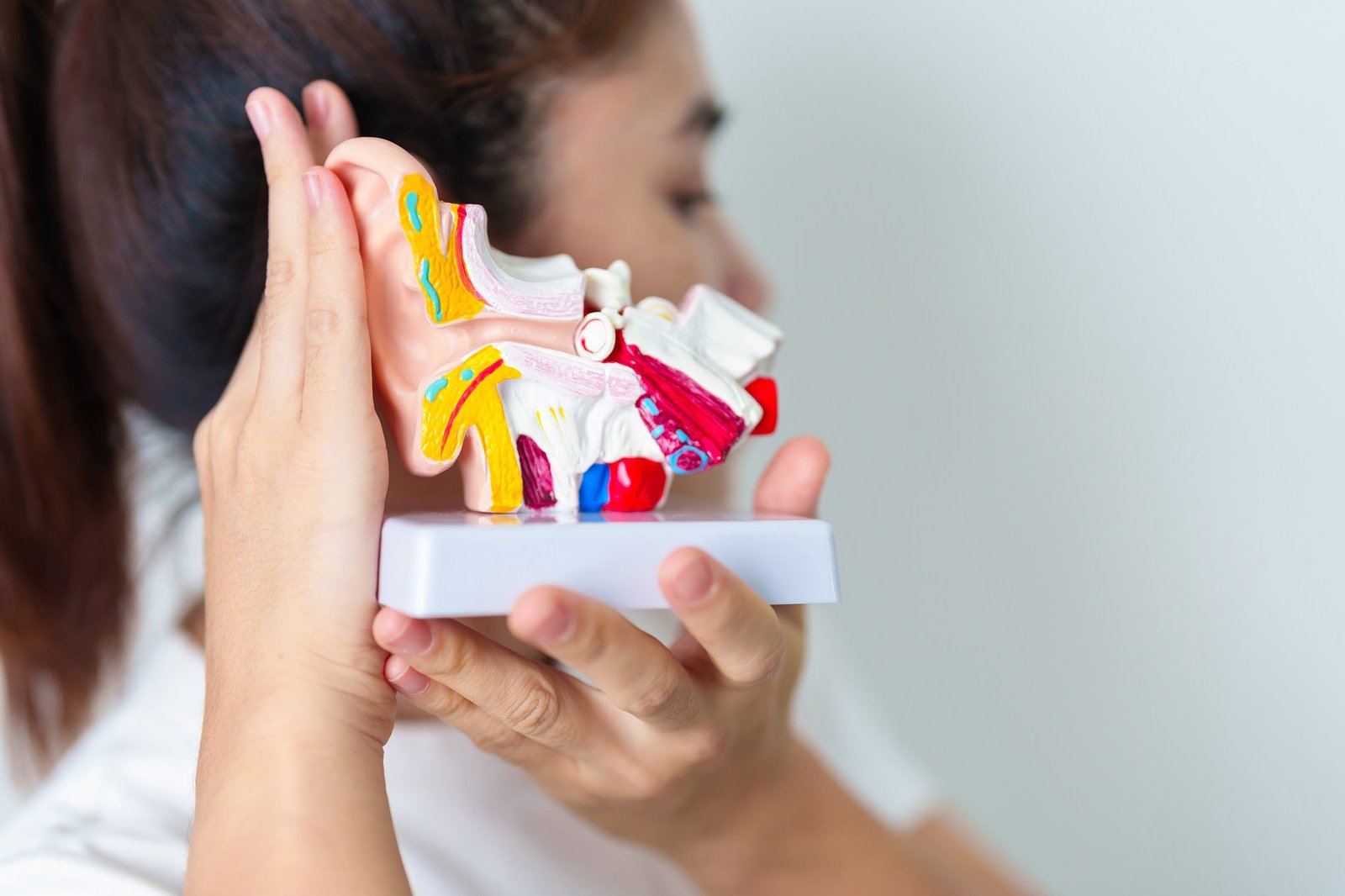How Do We Hear

How We Perceive Sound
Sound is characterized as audible mechanical waves resulting from vibrations traveling through air or another medium. These vibrations are generated by a vibrating body, causing the surrounding medium to vibrate and produce sound. Sound intensity, or loudness, is measured in decibels (dB), while pitch or frequency is measured in hertz (Hz). Humans can perceive sounds within a frequency range of approximately 20 Hz to 20 kHz.
Ear Anatomy and Function
The ear, an organ for hearing and balance, comprises the external, middle, and inner ear. The external ear includes the pinna (auricle) and the external auditory canal, leading to the eardrum. The middle ear, housing the ossicles (malleus, incus, stapes) and the eustachian tube, amplifies sound waves and equalizes pressure. The inner ear consists of the cochlea (for hearing), vestibule, and semicircular canals (for balance).
Hearing Process
Hearing involves a complex series of steps that transform air-borne sound waves into electrical signals relayed to the brain by the auditory nerve. Sound waves enter the outer ear, travel through the ear canal, and cause the eardrum to vibrate. The vibrations are transmitted to the middle ear’s three small bones, which amplify them. These amplified vibrations reach the cochlea in the inner ear, initiating a ripple in its fluid-filled structure.
As the fluid ripples, hair cells on the basilar membrane ride the wave, detecting different pitches based on their location. Stereocilia, microscopic hair-like projections on these cells, bend and open channels when stimulated. This triggers an influx of chemicals, generating an electrical signal. The auditory nerve carries this signal to the brain, where it is interpreted as recognizable sound.
